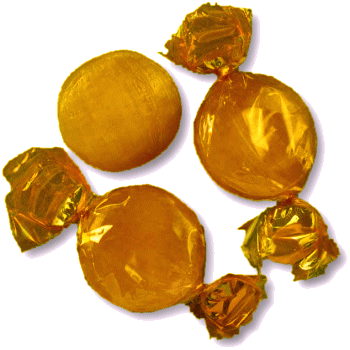




WELCOME TO An Entertainment Site for Scottish Country Dancers - Enjoy the curated selection of theme-related dances for celebrations and holidays, or find a dance associated with a special calendar day, or EVEN your own birthday!
June's Birthstone
Jun 3
Other Scottish Country Dances for this Day
Today's Musings, History & Folklore
“The pearl is the queen of gems and the gem of queens.”
Pearls, once believed to be the tears of mermaids, have long been treasured for their luster, rarity, and timeless charm.m This elegant strathspey brings to mind the delicate act of stringing a strand of pearls with a set and cross figure, diagonal rights and lefts (perhaps threading through the pearls), and then circular chases and pass and turn figures recalling strings of pearls beautifully draped.
Scottish freshwater pearls, harvested from native mussels, have been highly prized since ancient times. In fact, they were so coveted that the Roman historian Suetonius claimed Julius Caesar’s fondness for British pearls was one of his motivations for invading Britain. Today, Scottish pearls can still be found among the jewels of both the Scottish and English crowns.
Though white, cream, and gray are the most common hues, pearls also appear in shades of pink, purple, black, green, champagne, chocolate, blue, and lavender. Some possess breathtaking overtones that shimmer with multiple colors, adding to their mystique and allure.
Beyond their beauty, pearls hold symbolic meaning as well. They are the birthstone for June and are traditionally associated with 30-year anniversaries—a fitting tribute to lasting love and enduring elegance. 💚 🧡 💗 💙 💍 🦪 🧜♀️ 👑
The Pearl Strathspey
The month of June is long associated with pearls (along with the moonstone and alexandrite).
Pearls are found in seven basic shapes and a variety of colors and lusters.
According to an ancient Egyptian legend, Cleopatra dissolved a pearl in wine and drank it to prove her love and power for Marc Antony, showing him that she could consume the wealth of a nation in a matter of minutes.
The tradition of brides wearing pearls on their wedding day comes from the ancient belief associating the gem is believed with purity and beauty. The Ancient Greeks believed that pearls were the tears of the gods, while Chinese traditions speak of a mermaid’s ability to weep tears of pearl.
Traditional wedding folkore opines that if a bride wears pearls, she will not cry on her own wedding day.
Scottish river pearls (or baroque pearls) have been coveted since the time of Julius Caesar. The Scottish Crown Jewels housed in Edinburgh castle are set with these Scottish pearls from river mussels.
These freshwater pearls are not generally rounded. But the Abernethy pearl, one of the world's most famous large pearls, came from a Unio Margaretifera mussel, found by William Abernethy in 1967 in the River Tay, and is perfectly round and large (comparable to the size of a marble) and lustrous.
Since 1998 the mussel that produces the Scottish pearl, has been awarded special protection status as it has been overfished, and its habitat has been seriously diminished.
For more on the famous Abernethy pearl and other pearls of note, click the cache of pearls below.
Click the dance cribs or description below to link to a printable version of the dance!



